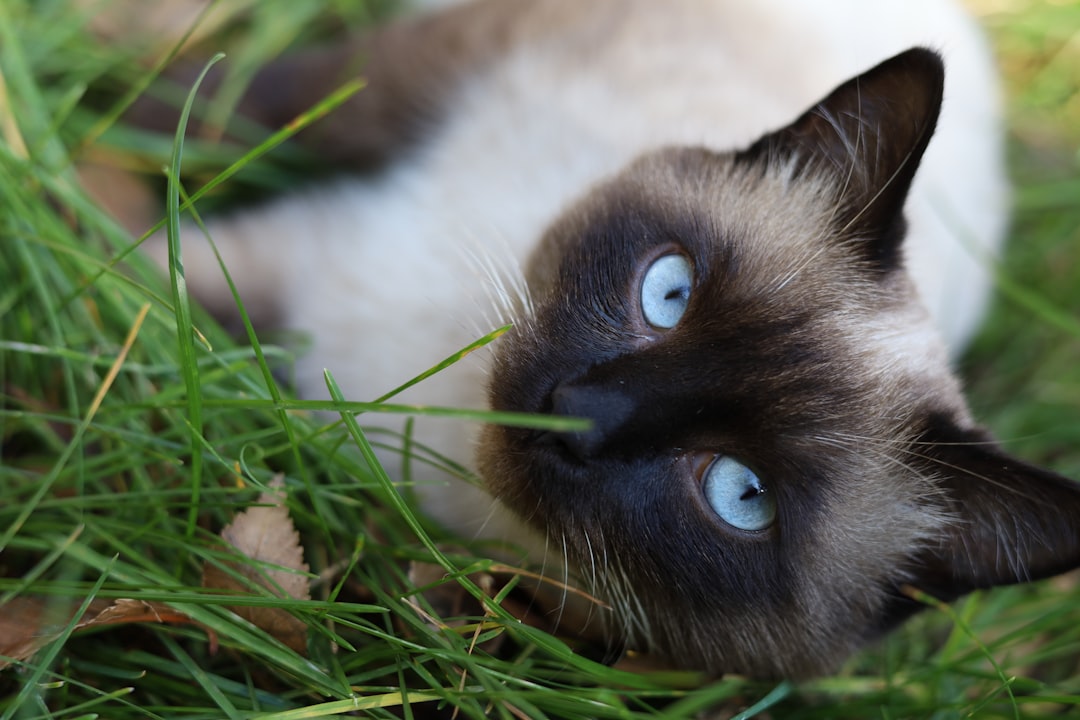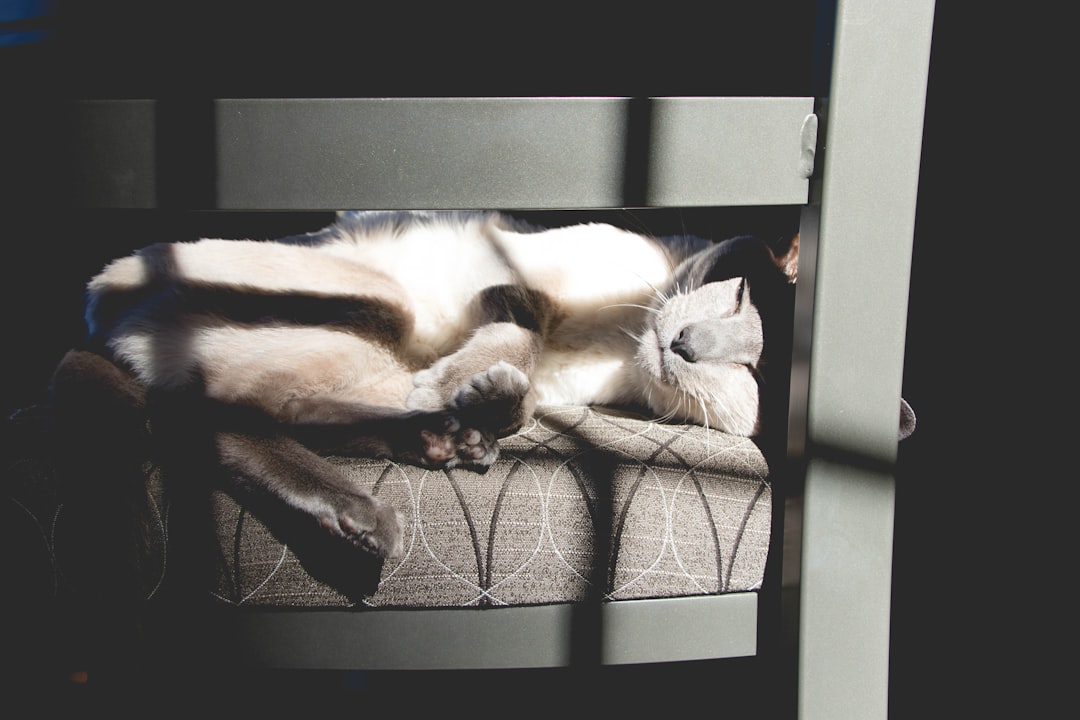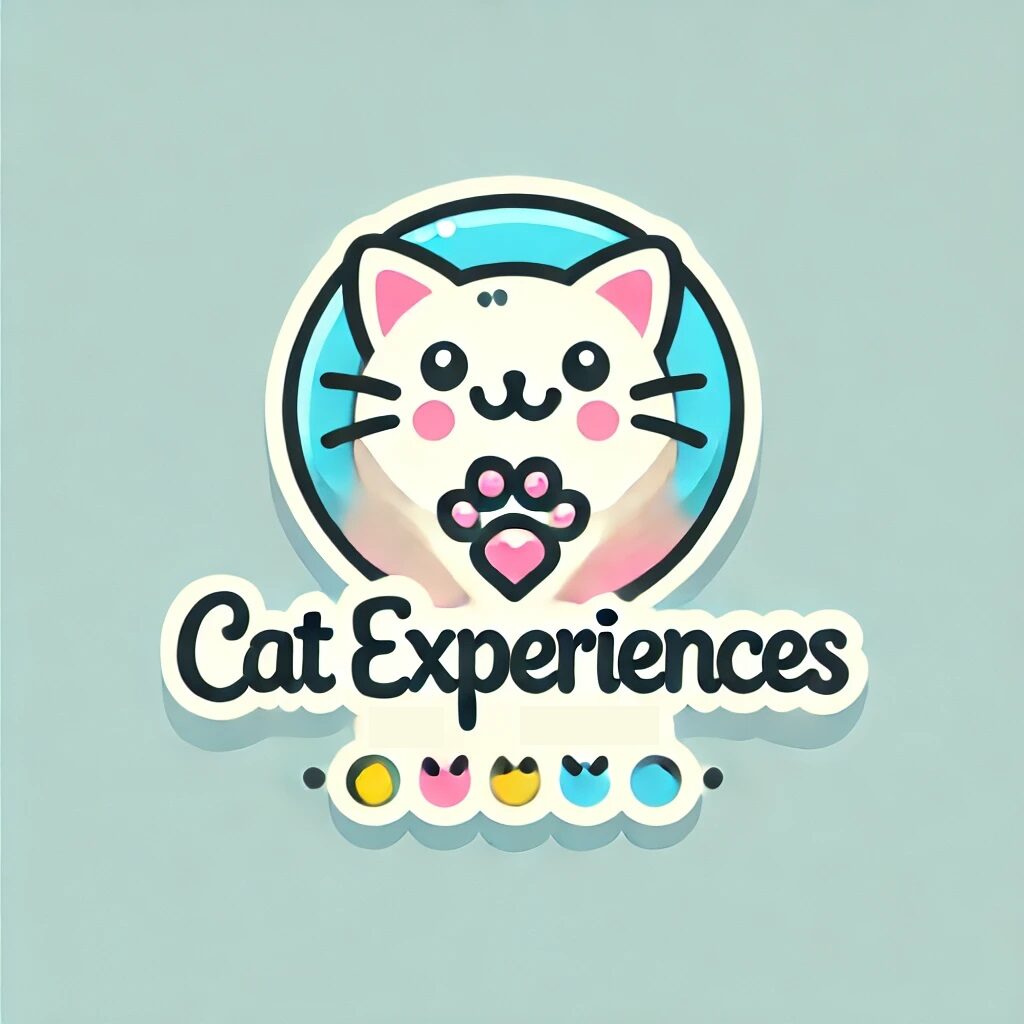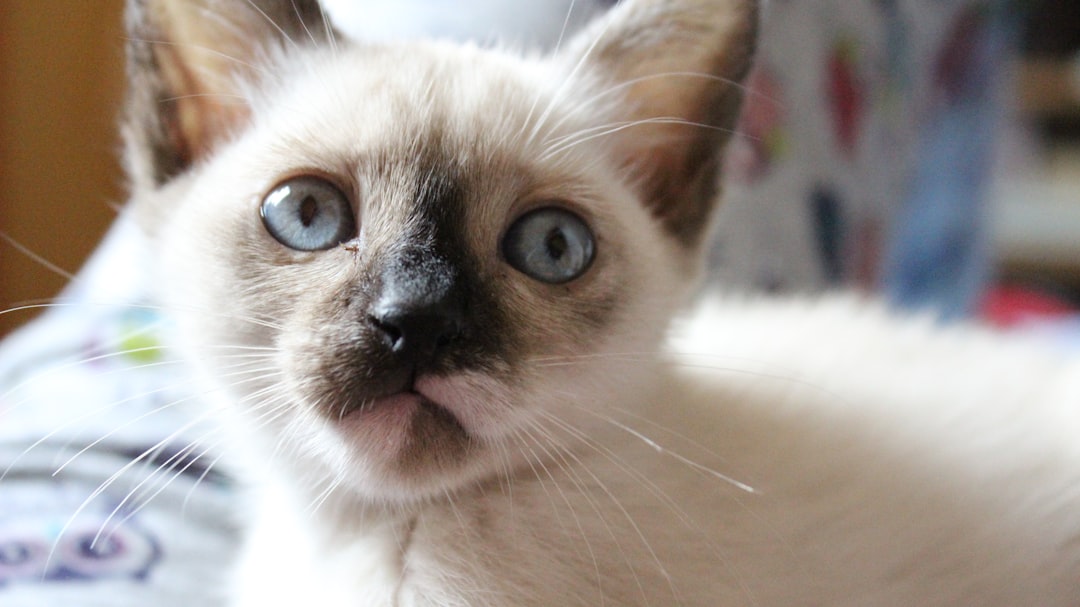When choosing the best kitten food, understanding your new feline friend’s nutritional needs is essential. Kittens require a diet rich in proteins, fats, and essential nutrients to support their rapid growth and development. Moreover, knowing the differences between wet and dry food can help you make an informed choice. As you evaluate various brands, pay attention to key ingredients and avoid harmful additives that could impact your kitten’s health. This article will guide you through the crucial features to consider, ensuring your kitten receives a balanced diet for a happy and healthy life.
Nutritional Requirements for Kittens
When selecting the best kitten food, understanding the nutritional requirements of your growing feline friend is crucial. Kittens have unique dietary needs due to their rapid growth and energy demands. Here are the key components to consider:
- Protein: Kittens require a diet high in protein (around 30-40%). Look for foods that list meat or meat meal as the first ingredient.
- Fats: Healthy fats should account for about 20-25% of their diet. They provide essential fatty acids that support development.
- Vitamins and Minerals: Important for bone growth and overall health. Key nutrients include calcium, phosphorus, and Vitamins A and D.
- Taurine: An essential amino acid that supports heart health and vision.
Quick Comparison of Nutritional Needs:
| Nutrient | Kitten Requirement | Adult Cat Requirement |
|---|---|---|
| Protein | 30-40% | 25-30% |
| Fats | 20-25% | 15-20% |
| Taurine | Essential | Essential |
| Vitamins | Active growth required | Maintenance |
Choosing the best kitten food ensures your pet receives a balanced diet that supports their growth and health.

Types of Kitten Food: Wet vs. Dry
When selecting the best kitten food, one of the primary decisions involves choosing between wet and dry food. Each type has its own advantages that cater to your kitten’s health needs and preferences. Here’s a comparison to help you decide:
Wet Kitten Food
- Hydration: Wet food offers higher moisture content, which helps keep your kitten hydrated.
- Taste: Often more palatable, it entices picky eaters.
- Digestibility: Easier on young digestive systems due to softer texture.
Dry Kitten Food
- Convenience: Easy to store and serve, plus it has a longer shelf life.
- Dental Health: Helps reduce tartar buildup as cats chew the kibble.
- Cost-Effective: Generally less expensive than wet food.
Summary
Both wet and dry kitten food can be part of a balanced diet, but consider your kitten’s specific needs. For the best kitten food, you might even mix the two to provide variety and optimize nutrition. Remember to transition gradually to ensure your kitten adjusts well to the new food!
Essential Ingredients in Kitten Food
When searching for the best kitten food, understanding essential ingredients is crucial for your kitten’s growth and health. Here are the key components to look for:
High-Quality Proteins:
- Chicken, turkey, or fish should be the first ingredient.
- Look for a protein content of at least 30%.
Healthy Fats:
- Omega-3 and Omega-6 fatty acids support skin health, coat shine, and overall wellness.
- Sources like salmon oil or chicken fat are ideal.
Carbohydrates:
- Whole grains like brown rice or oats provide energy but should be balanced.
- Avoid excessive fillers like corn or soy.
Vitamins and Minerals:
- Essential for immune support, growth, and overall health.
- Look for added nutrients such as taurine and DHA, which are vital for brain development.
By focusing on these ingredients, you can select the best kitten food that will aid in your furry friend’s growth journey. Remember, quality matters—choose foods that prioritize natural, wholesome ingredients for optimal health.
Avoiding Harmful Additives and Fillers
When selecting the best kitten food, it’s crucial to examine the ingredient list for harmful additives and fillers. These substances can detract from your kitten’s nutritional intake and may even cause health issues. Here are key points to consider:
Avoid Artificial Preservatives: Common preservatives like BHT and BHA can be harmful over time. Look for natural alternatives, such as tocopherols (vitamin E).
Skip Fillers: Ingredients such as corn, wheat, and soy are often used as cheap alternatives that provide minimal nutrition. Aim for protein-rich foods instead.
Stay Clear of By-Products: Animal by-products can vary in quality. Choose brands that specify high-quality meat sources, rather than vague terms.
To summarize, when evaluating the best kitten food, prioritize:
| Criteria | Preferred Option | Avoid |
|---|---|---|
| Preservatives | Natural (e.g., tocopherols) | Artificial (e.g., BHT, BHA) |
| Fillers | Meat and nutrient-rich ingredients | Corn, wheat, soy |
| Protein Sources | Specified meat (e.g., chicken) | By-products |
Ensuring that your kitten’s food is free of harmful additives and fillers supports their overall health and development.

Understanding Cat Food Labels
Navigating cat food labels is crucial for selecting the best kitten food. Here are key elements to examine:
Guaranteed Analysis: This section provides essential nutritional information, such as:
- Protein: Look for a minimum of 30% for optimal growth.
- Fats: Aim for about 20% to support energy needs.
- Fiber: A small percentage (around 2-4%) aids digestion.
Ingredients List: Ingredients are listed in order by weight. Ensure the first ingredients include high-quality proteins like:
- Chicken
- Fish
- Turkey
Nutritional Adequacy Statement: Verify that the food meets standards set by the Association of American Feed Control Officials (AAFCO). This label ensures the food is suitable for kittens.
Amino Acids: Check for essential amino acids such as taurine, which supports heart and eye health.
By decoding these components, you’ll make informed decisions and find the best kitten food for your furry friend.
The Importance of DHA for Brain Development
When selecting the best kitten food, one crucial component to consider is Docosahexaenoic Acid (DHA). This omega-3 fatty acid plays a vital role in your kitten’s cognitive health and overall development. Here’s why DHA is essential:
- Brain Development: DHA contributes significantly to the growth and functionality of brain cells. Adequate levels of DHA can enhance your kitten’s learning capabilities and memory.
- Vision Improvement: DHA is also crucial for developing healthy eyes. Proper eye health is fundamental for optimal vision, directly impacting your kitten’s interactions with their environment.
- Behavioral Benefits: Studies suggest that kittens who receive sufficient DHA may exhibit fewer behavioral issues, leading to a more well-adjusted pet.
Look for the best kitten food that lists DHA-rich ingredients, such as fish oil or algae. Here’s a quick comparison:
| Ingredient | DHA Content | Recommended |
|---|---|---|
| Fish Oil | High | Yes |
| Algae Oil | Moderate | Yes |
| Chicken Fat | Low | No |
In conclusion, incorporating DHA into your kitten’s diet is essential for supporting their brain and visual development. Therefore, always check the label when choosing the best kitten food.
How to Transition Your Kitten to New Food
Transitioning your kitten to new food is essential for maintaining their health. The process ensures they adapt well while avoiding digestive upset. Here’s a simple guide to help you make this change smoothly:
Gradual Introduction: Start by mixing a small amount of the best kitten food with their current food. Aim for a ratio of 25% new food to 75% old food for the first few days.
Increase Gradually: Every few days, gradually increase the new food ratio while decreasing the old food. A typical schedule might look like this:
- Days 1-3: 25% new food
- Days 4-6: 50% new food
- Days 7-10: 75% new food
- Day 11 onward: 100% new food
Monitor Reactions: Keep an eye on your kitten’s health during the transition. Look for signs of digestive upset, such as vomiting or diarrhea. If issues arise, slow down the transition.
Maintain Consistency: Stick to regular feeding times to establish a routine. This helps your kitten feel comfortable with the new food.
Choosing the best kitten food during this transition maximizes their health benefits and makes the process easier!

Tips for Choosing the Right Brand
When selecting the best kitten food, consider the following tips to ensure your furry friend receives the best nutrition for healthy growth:
Reputation: Choose brands known for high-quality products. Look for those with positive reviews and endorsements by veterinarians.
Ingredients: Ensure the brand uses real meat as the primary ingredient. Avoid fillers like corn or wheat that don’t provide necessary nutrition.
Life Stage Formulation: Opt for kitten-specific formulas, as these meet the unique nutritional needs of growing cats.
Nutritional Analysis: Check for a guaranteed analysis on the package. The best kitten food should contain:
- Protein: Minimum of 30%
- Fat: Minimum of 9%
- Essential vitamins and minerals
Quality Certifications: Look for brands that meet quality standards, such as AAFCO (Association of American Feed Control Officials) guidelines.
Trial Sizes: Consider purchasing small or trial-sized portions first. This allows you to assess your kitten’s preference and tolerance before committing to a larger size.
By following these tips, you can confidently choose the best kitten food brand that supports your kitten’s developmental needs.
Frequently Asked Questions
What are the essential nutrients that should be in kitten food?
When selecting kitten food, it’s crucial to ensure it contains essential nutrients required for healthy growth and development. Key ingredients include high-quality protein sources such as chicken, lamb, or fish, which are vital for muscle development. Additionally, the food should have a balance of fats, particularly omega-3 and omega-6 fatty acids, for healthy skin and fur. Essential vitamins and minerals, including calcium and phosphorus, support bone health, while taurine is a must for heart and vision health. A combination of these nutrients ensures that your kitten receives a well-rounded diet.
Should I choose wet or dry food for my kitten?
The choice between wet and dry kitten food largely depends on your kitten’s preferences and dietary needs, as both options have their pros and cons. Wet food typically contains higher moisture content, which helps with hydration and is often more appealing to picky eaters. It’s beneficial for kittens who may not drink enough water. On the other hand, dry food is convenient, doesn’t spoil as quickly, and can aid in dental health by reducing plaque buildup. Many pet owners opt for a combination of both to harness the benefits of each type. Ultimately, consult your veterinarian to find the best option for your kitten.
How often should I feed my kitten?
Feeding schedules can vary based on the age of your kitten, but generally, young kittens (up to six months) should be fed around three to four times per day. This frequency supports their high energy levels and growth needs. As they get older (around six months to a year), you can transition to two meals a day. It’s important to measure the portions according to the instructions on the kitten food packaging and your veterinarian’s advice to prevent overfeeding, which can lead to obesity and health issues.
Are there any ingredients to avoid in kitten food?
Yes, when selecting kitten food, be aware of certain ingredients that can be harmful or undesirable. Avoid foods that list vague terms like ‘meat by-products’ which can include low-quality or unidentifiable ingredients. You should also steer clear of artificial additives such as colors, flavors, and preservatives, as they provide no nutritional value and can potentially harm your kitten’s health. High levels of fillers like corn or soy should be minimized as well, since they do not provide the protein and nutrients needed for your kitten’s growth.



